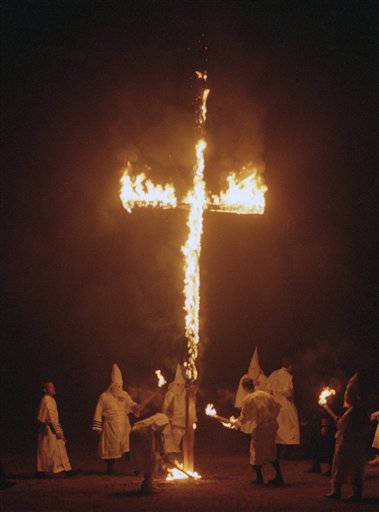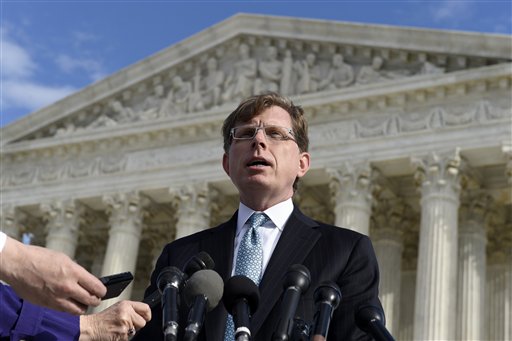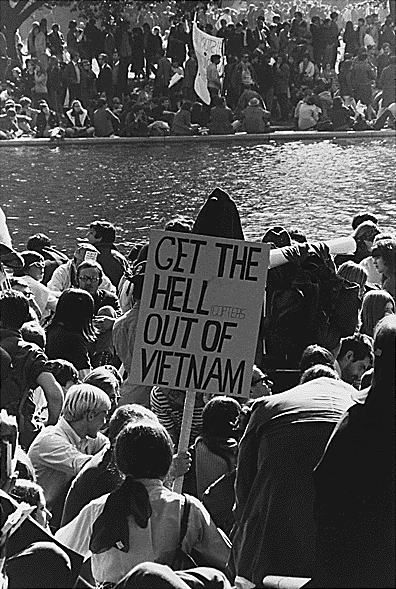A true threat is a statement that frightens or intimidates one or more specified persons into believing that they will be seriously harmed by the speaker or by someone acting at the speaker’s behest.
True threats constitute a category of speech — like obscenity, child pornography, fighting words, and the advocacy of imminent lawless action — that is not protected by the First Amendment and can be prosecuted under state and federal criminal laws. The speaker need not actually intend to carry out the threat, but the prosecution must prove that he or she intended to communicate a threat. Cases that have reached the Supreme Court in recent years have involved threats made over social media.
After some disagreement among lower appellate courts about the level of intention needed, the Supreme Court in 2023 in Counterman v. Colorado adopted the rule that speech is not protected if the speaker “consciously disregarded a substantial risk that his communications would be viewed as threatening violence.”
In Counterman, Colorado had convicted Billy Raymond Counterman of stalking after he sent numerous disturbing messages over two years to a female musician using Facebook. However, he was found guilty under an “objective standard,” which turns on how a reasonable person would view a statement in context and does not rely on proof of the speaker’s awareness. The high court vacated the conviction and returned the case back to the lower courts for further proceedings that would include showing Counterman’s state of mind, a “subjective standard.”
The court decided the subjective standard should be set at a level of “recklessness” on behalf of the speaker and noted this standard had a lower threshold than establishing an intent to do harm or knowing that the communication would do harm. Justice Sonia Sotomayor objected in her dissent, saying the recklessness level was too low and risked “overcriminalizing upsetting or frightening speech (which) has only been increased by the internet.”
Court upheld statute that criminalized cross-burning as a threat
The Supreme Court has grappled with the prosecution of threats before.
In Virginia v. Black (2003), the court ruled that Virginia’s law banning cross burning with intent to intimidate did not violate the First Amendment. The Supreme Court held that states may criminalize cross burning as long as the state statute clearly puts the burden on prosecutors to prove that the act was intended as a threat and not as a form of symbolic expression:
“‘True threats’ encompass those statements where the speaker means to communicate a serious expression of an intent to commit an act of unlawful violence to a particular individual or group of individuals. . . . Intimidation in the constitutionally proscribable sense of the word is a type of true threat, where a speaker directs a threat to a person or group of persons with the intent of placing the victim in fear of bodily harm or death,” the court said in its opinion.

The court in Virginia v. Black (2003) ruled that Virginia’s law on cross burning with intent to intimidate did not violate the First Amendment. In this photo, members of the Ku Klux Klan circle a burning cross in a field in Oak Grove, Michigan, June 24, 1995, while chanting “white power.” (AP Photo/Jeff Kowalsky) In 2015, the Supreme Court heard Elonis v. United States, which involved a man who had posted rap lyrics on Facebook that appeared to threaten his ex-wife, a kindergarten class and an FBI agent. Defendant Anthony Douglas Elonis argued that his lyrics were “fictitious,” emulated the lyrics of rap star Eminem and were a proper exercise of his First Amendment rights.
In reversing his conviction, the high court explained that Elonis was convicted under faulty jury instructions that required only that the jury find that he communicated what a reasonable person would regard as a threat and not, as the federal statute required, with some kind of purpose or knowledge that the communication would be viewed as a threat.
Still, though, the court had not established the level of knowledge necessary and several circuit courts applied different standards when examining convictions under state laws. When the court declined to grant review of the conviction of a man who said that he could blow up a liquor store, (Perez v. Florida, 2017), Sotomayor urged the court to establish the level of intent that would suffice under the First Amendment. However it wasn’t until the Counterman case six years later that it did so.
True threats do not include political hyperbole and joking statements
The Supreme Court also has said that political hyperbole and statements uttered in jest are not true threats and are protected under the First Amendment. In Watts v. United States (1969), the Supreme Court sided with an 18-year-old anti-war protester who was being prosecuted for allegedly threatening President Lyndon B. Johnson. The defendant was arrested at an anti-war rally after telling a crowd of demonstrators, “If they ever make me carry a rifle, the first man I want to get in my sights is L.B.J.” He was convicted under a federal statute that criminalizes any threat to kill or injure the president. Although the court deemed the statute constitutional on its face, it held that the defendant’s remark was the sort of “political hyperbole” that did not constitute a “true threat.” Accordingly, it could not be deemed to fall within the statute’s reach and could not be punished under the First Amendment.

The conviction of Anthony D. Elonis for threats he made on Facebook was overturned in Elonis v. United States (2015), with Supreme Court saying the federal statute under which he was convicted also meant they must show Elonis had some level of purpose or knowledge. But the Supreme Court did not establish the level of “mens rea” required until 2023 in Counterman v. Colorado when it said a recklessness on behalf of the speaker would be sufficient. In this photo, Elonis’s attorney, John P. Elwood speaks to reporters outside the Supreme Court in December, 2014. (AP Photo/Susan Walsh)
The Watts factors help determine if a statement is a true threat
To be protected as political hyperbole or jest, courts have identified what have come to be known as “the Watts factors” in true-threat analysis:
(1) the context of the statement or statements in question;
(2) the conditional nature of the supposed threat; and
(3) the reaction of the recipient or listeners. (In Watts’ case, many of the listeners laughed when they heard his comments.)
The conviction of Anthony D. Elonis for threats he made on Facebook was overturned in Elonis v. United States (2015), with Supreme Court saying the federal statute under which he was convicted also meant they must show Elonis had some level of purpose or knowledge. But the Supreme Court did not establish the level of “mens rea” required until 2023 in Counterman v. Colorado when it said a recklessness on behalf of the speaker would be sufficient. In this photo, Elonis’s attorney, John P. Elwood speaks to reporters outside the Supreme Court in December, 2014. (AP Photo/Susan Walsh)
Watts serves as a reminder that true threats litigation can be complicated by statutory provisions that the court must construe and apply. There are many criminal statutes that prohibit threats. It is a crime, for example, under U.S. Code Title 18 to convey threatening communications through the U.S. mail system; to extort money through threats of violence or kidnapping; or to threaten a federal judge, the president, or a former president with kidnapping, assault or murder.
This article was updated July 5, 2023, drawing upon earlier versions, including an original version written in 2009 by Kevin Francis O’Neill, an associate professor at Cleveland-Marshall College of Law where he teaches First Amendment, Evidence, Civil Procedure, and Pretrial Practice. His scholarship focuses on the Speech Clause of the First Amendment.

